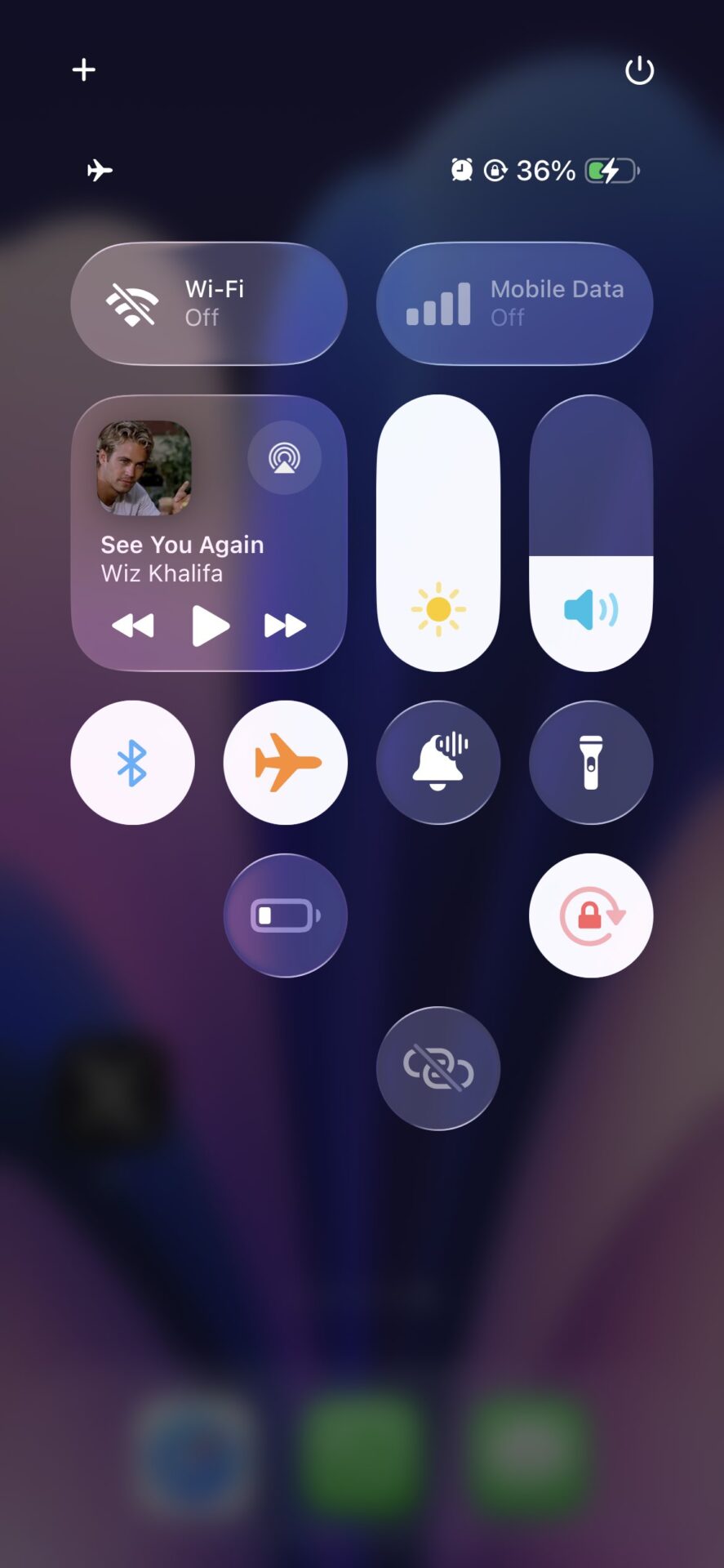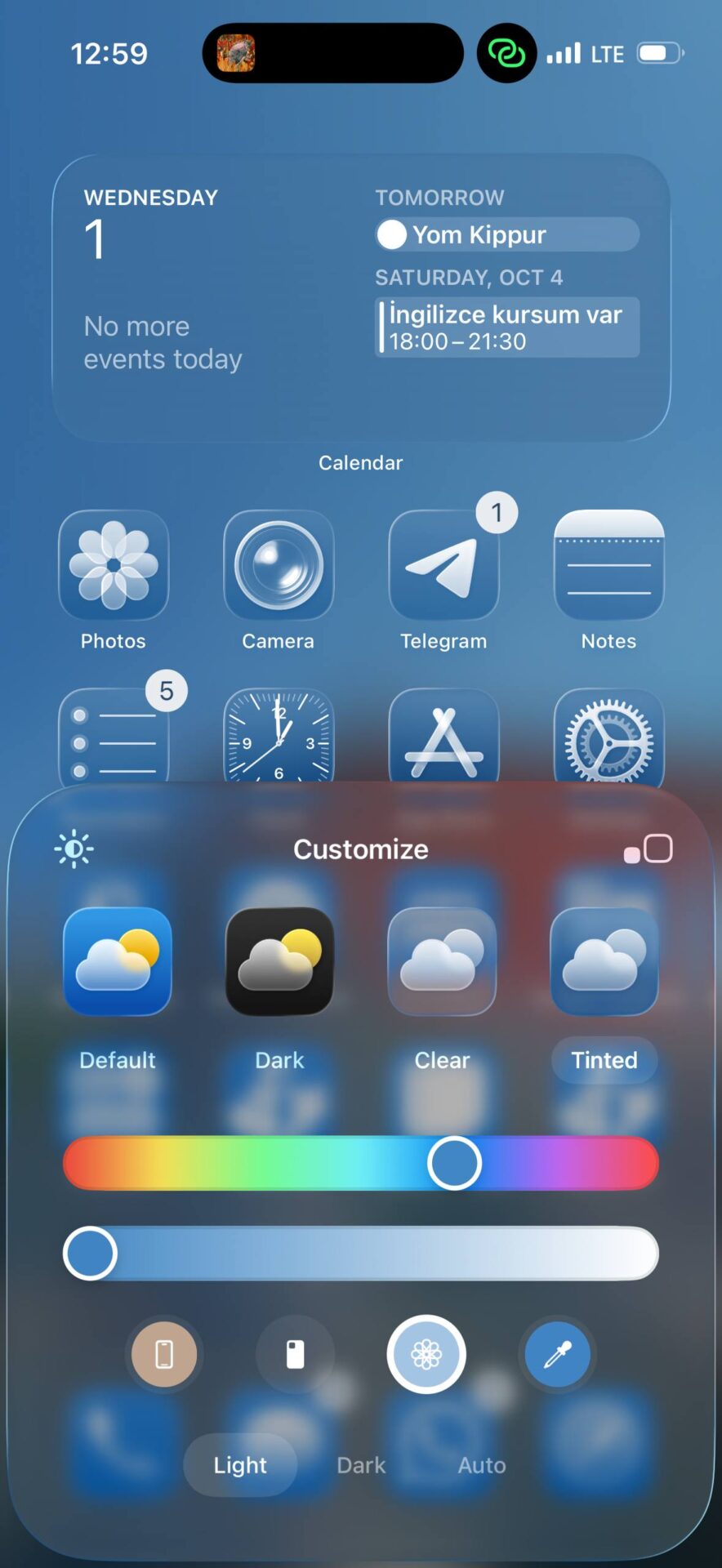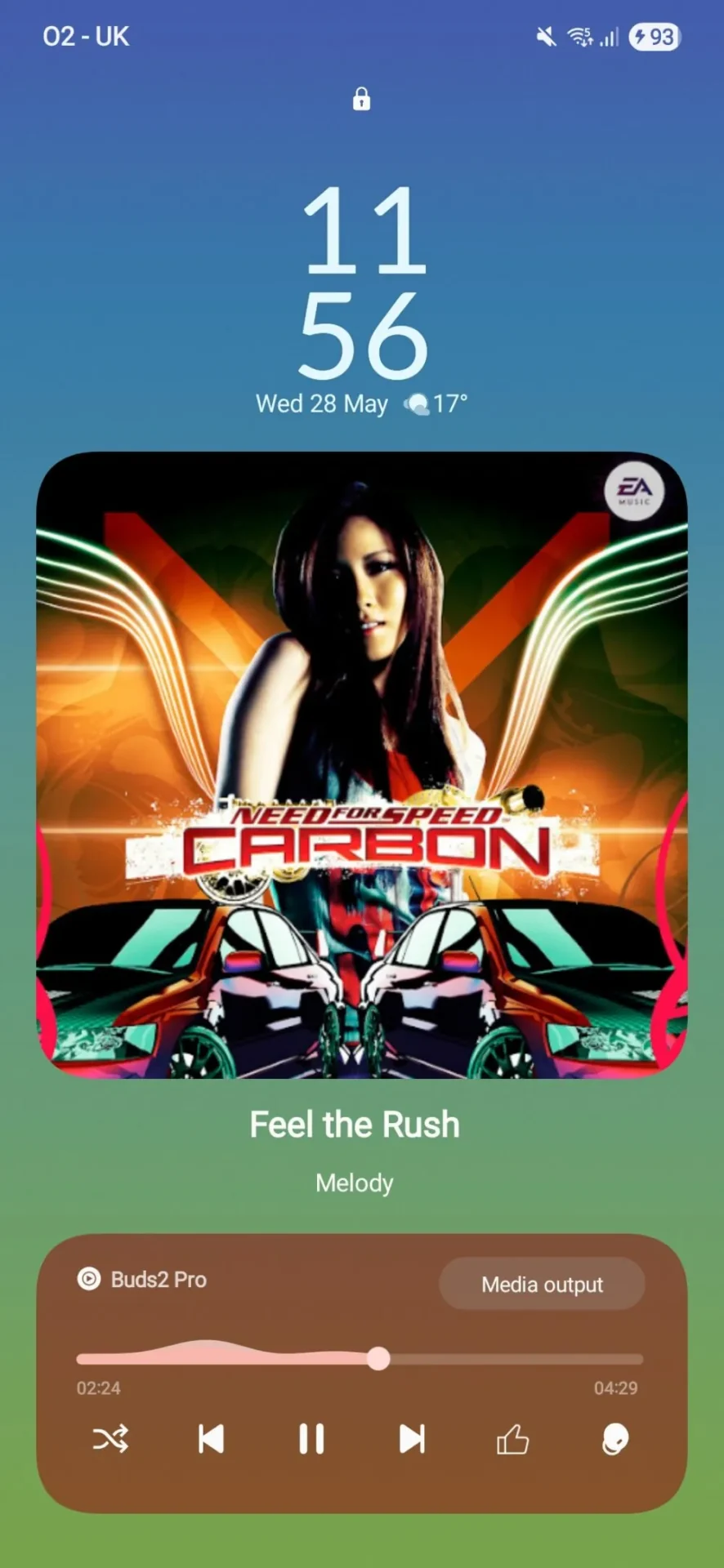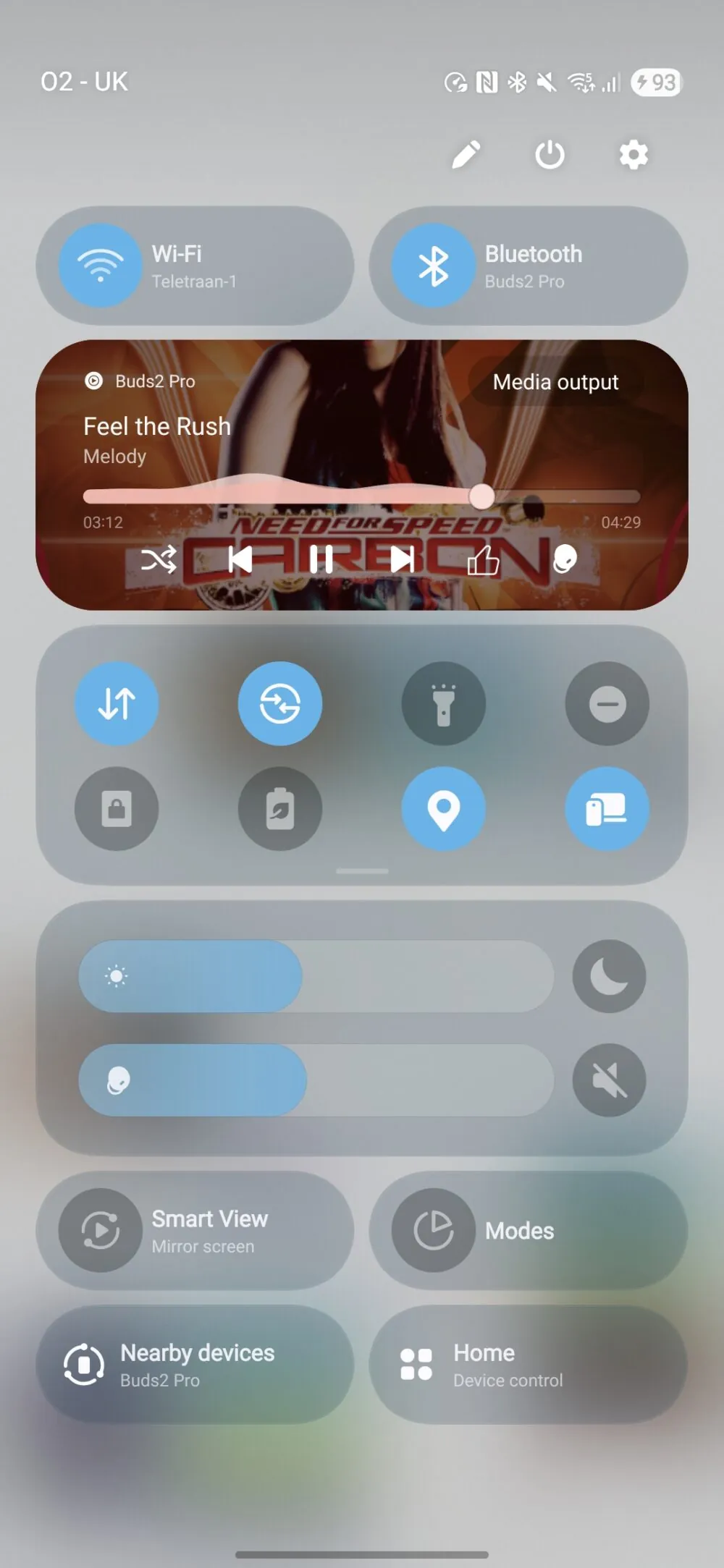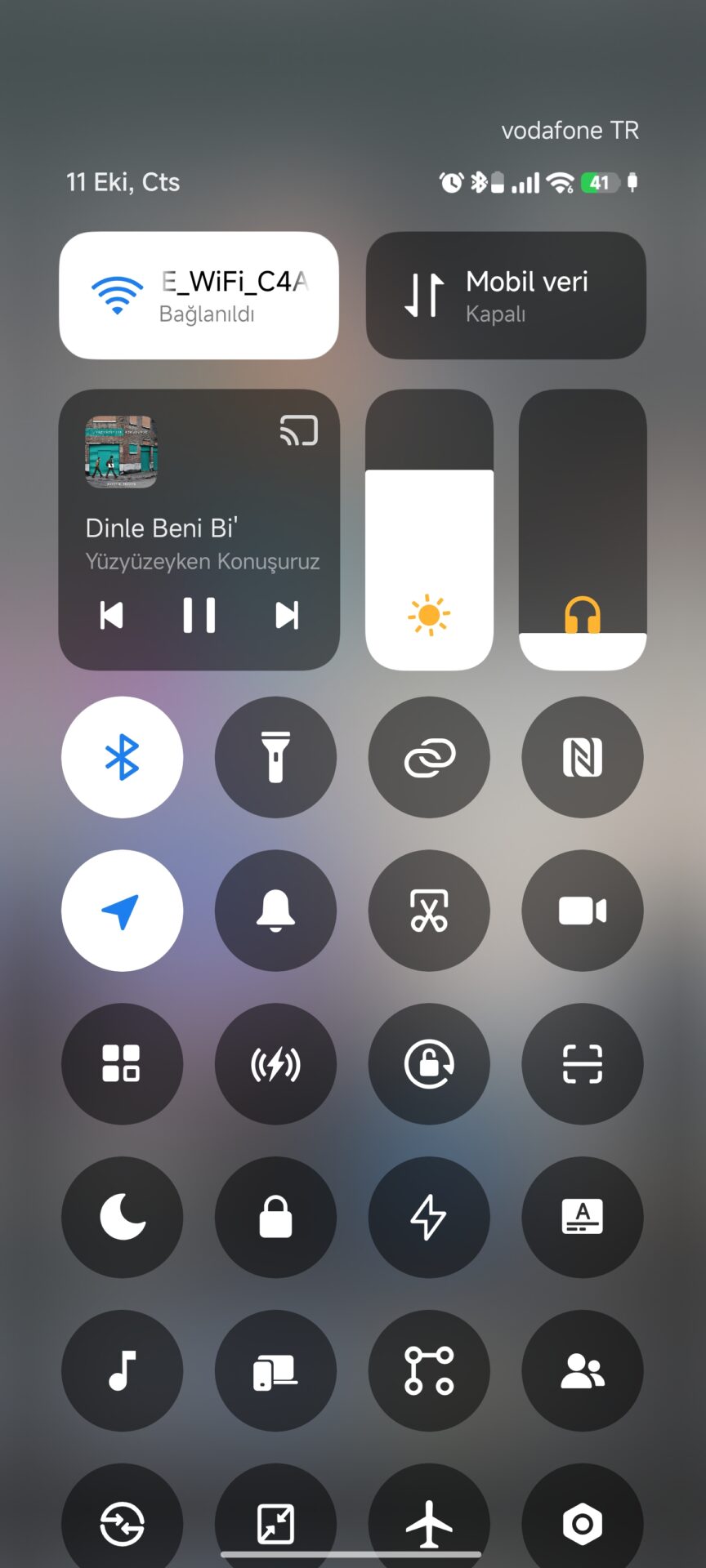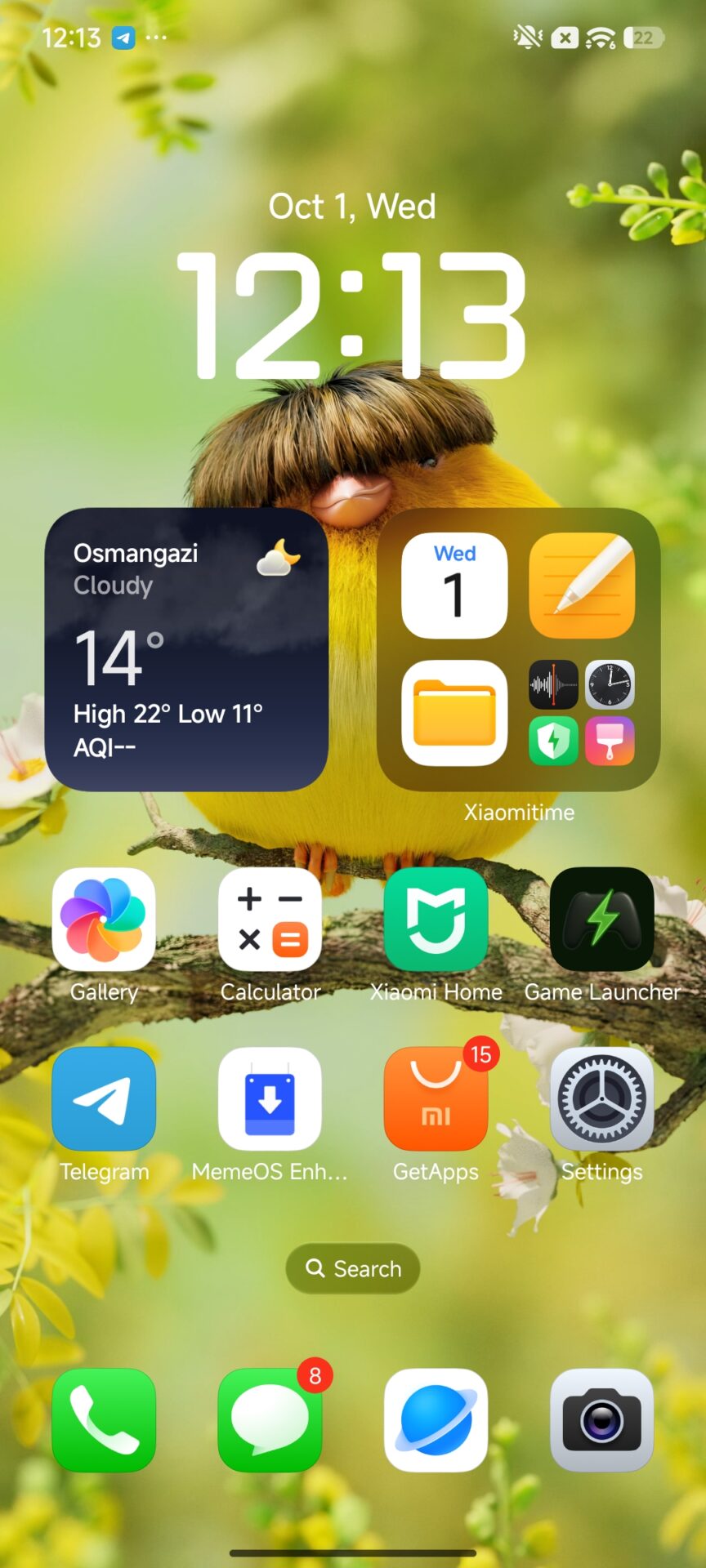In The mobile operating system market, as of 2025, has transcended the realms of hardware competition and entered a new era characterized by AI integration, ecosystem development, and design optimization. The market is ruled by three schools of operating philosophy – Xiaomi HyperOS 3, Samsung OneUI 8, and Apple iOS 26. The operating philosophy of each operating system dictates the operating principles, each differing by Apple’s Design Centric attitude, Samsung’s Utility Smart approach, and Xiaomi’s Ecosystem Centric hybrid model.
Within this dynamic ecosystem, Xiaomi strives to harmonize quality design and open flexibility. Based on the company’s Human × Car × Home vision, HyperOS 3 succeeds the company’s initiatives, blending aesthetic flexibility with smart connectivity among devices ranging from smartphones to cars.
Apple iOS 26: The “Liquid Glass” Paradigm
In The visual transformation is so radical that they have termed it Liquid Glass, the most dramatic change to their UI since iOS 7. The semi-transparent UI copied glass optics as glass indeed reflects and refracts light dynamically. While its aesthetic effect is dramatic, users have complained that they could not read well, so they included a Tinted Mode in their iOS 26.1 upgrade, a rare departure by Apple, which often favors aesthetics over utility.
Samsung OneUI 8: Pragmatic Intelligence
The Samsung approach elevates dependability and artificial intelligence integration rather than focusing on what the visuals hold. The decision to pass on Google’s Material 3 Expressive design philosophy enhances Samsung’s gesture of independence by centering their approach on dependability and productivity features like Knox, DeX, and AI Agents. OneUI 8, therefore, establishes a clear distinction as a stand-alone operating system.
Xiaomi HyperOS 3: Hybrid, or rather, ‘Premium
HyperOS 3 combines the elegant interface features inspired by iOS with the flexibility offered by Android operating systems. The new operating system features rounded icons, smooth blur effects, and the HyperIsland, which is the Xiaomi interface name for a feature similar to Dynamic Island found on other devices by a competing brand, iOS. The new operating system will feature an interface familiar to iOS devices but will still come with strong roots in Android, as designed by developers
Control Center: Freedom vs. Refinement
- Apple iOS 26: Offers full customization, so users can move, resize, and organize tiles, which is the first big move toward personalization by Apple.
- Samsung OneUI 8.5 carries this even further, allowing the resizing of buttons, which is perfect optimization for power users.
- Xiaomi HyperOS 3, on the other hand, provides visual sophistication but insufficient customization. Even as its Live Blur Effect provides immaculate clarity, functionality flexibility is subordinate to its peers. For the Android operating system
Home Screen Intelligence
- The Samsung company converts their launcher into an “AI-powered query hub” by utilising the Finder AI, which supports various other AI models, including Gemini and Gauss AI. The Samsung company modifies their
- Apple stresses Personal Aesthetic Control, which involves widget placement and On-Device Apple Intelligence Features.
- Xiaomi‘s HyperAI enhances the launcher by making it an ecosystem control center, capable of connecting phones, tablets, as well as smart devices around a person’s living space. Additionally, the technology offers functions such as AI Writing, Image Recognition, and Voice Transcription.
Animation and Navigation: The Feel of Speed
- Apple iOS 26 employs a physics-based Jelly Effect that simulates realistic movement.
- Xiaomi HyperOS 3 achieves near-iOS fluidity with responsive transitions — especially on flagship models. However, animation performance varies across hardware tiers.
- Samsung OneUI 8 emphasizes speed and consistency, prioritizing responsiveness over aesthetic expression.
Update Strategy: Three Paths to Longevity
- Apple continues to dominate simultaneous deployment, rolling out iOS updates globally across all eligible devices on Day 1.
- Samsung leads in software longevity, offering up to seven years of support for flagship models.
- Xiaomi, however, follows a broad deployment strategy, targeting an extensive range of devices across price segments — reflecting its commitment to inclusivity rather than exclusivity.
Final Thoughts
The 2025 OS competition is a matter of performance, but even more, philosophy.
- Apple perfects beauty and emotion.
- Samsung masters function and control.
- Xiaomi balances ecosystem unity and user freedom.


 Emir Bardakçı
Emir Bardakçı